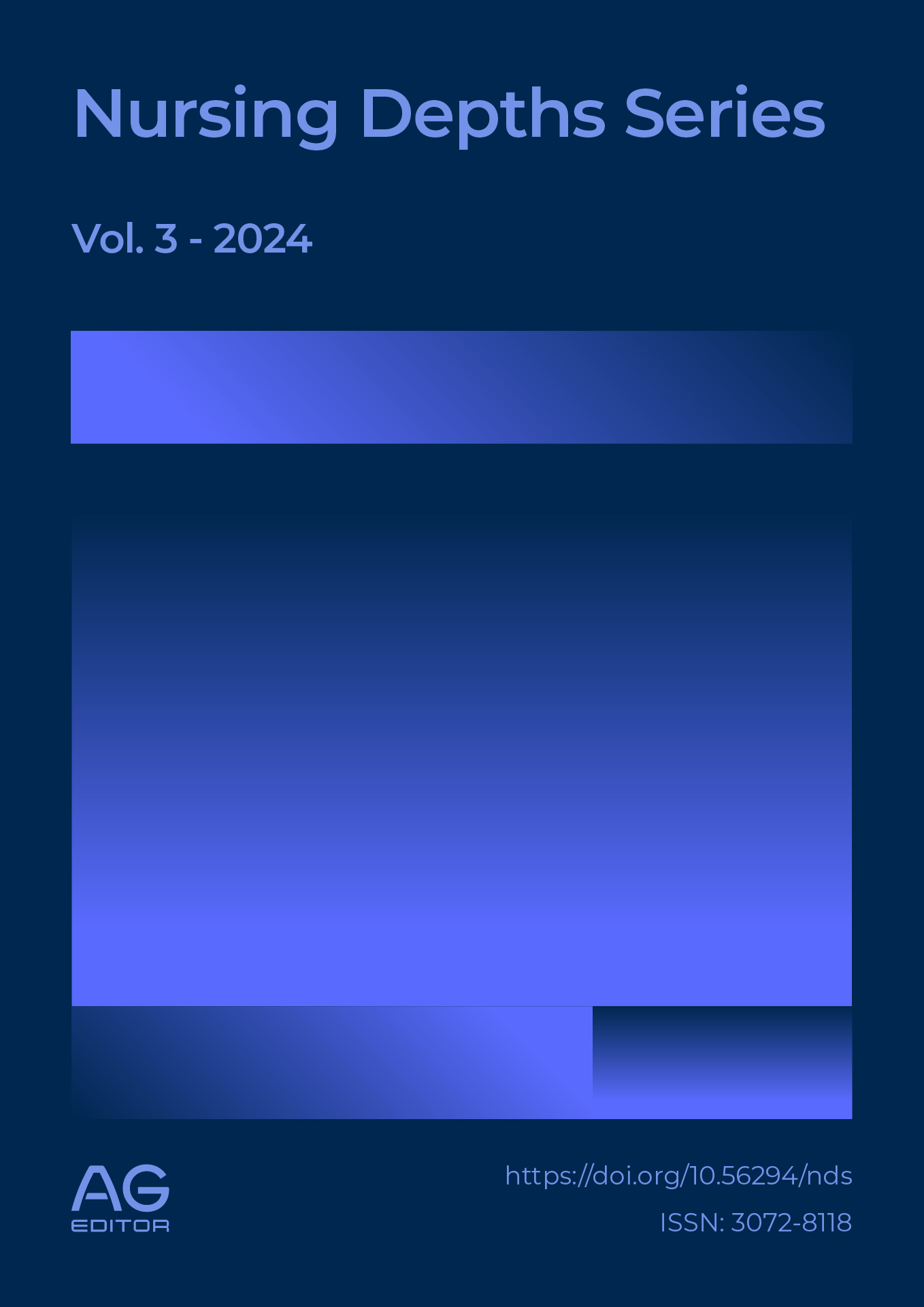Episiotomy: from common practice to selective intervention
DOI:
https://doi.org/10.56294/nds2024110Keywords:
episiotomy, childbirth, complications, tears, recoveryAbstract
Episiotomy was a surgical incision made in the perineum during childbirth to facilitate the delivery of the baby and prevent severe tearing. Although traditionally used routinely, its use was questioned due to a lack of evidence of its benefits and the complications it could cause. Studies showed that it caused more pain and slower recovery than natural tearing. Complications included bleeding, infection, pain during sexual intercourse and, in severe cases, fistulas. The WHO advised against its routine use and promoted its use only in justified cases. In Argentina, although it was common, more restrictive policies were adopted, which showed better results for women.
References
1. Aguiar BM, Silva TPRD, Pereira SL, et al. Factors associated with the performance of episiotomy. Rev Bras Enferm. 2020;73(suppl 4):e20190899. doi:10.1590/0034-7167-2019-0899. DOI: https://doi.org/10.1590/0034-7167-2019-0899
2. Alexander JW, Karantanis E, Turner RM, Faasse K, Watt C. Patient attitude and acceptance towards episiotomy during pregnancy before and after information provision: a questionnaire. Int Urogynecol J. 2020;31(3):521-8. doi:10.1007/s00192-019-04003-x. DOI: https://doi.org/10.1007/s00192-019-04003-x
3. Bączek G, Rychlewicz S, Sys D, Rzońca P, Teliga-Czajkowska J. Episiotomy for medical indications during vaginal birth—retrospective analysis of risk factors determining the performance of this procedure. J Clin Med. 2022;11(15):4334. doi:10.3390/jcm11154334. DOI: https://doi.org/10.3390/jcm11154334
4. Hartinah A, Usman AN, Sartini, et al. Care for perineal tears in vaginal delivery: an update for midwife. Gac Sanit. 2021;35(Suppl 2):S216-20. doi:10.1016/j.gaceta.2021.10.024. DOI: https://doi.org/10.1016/j.gaceta.2021.10.024
5. He S, Jiang H, Qian X, Garner P. Women's experience of episiotomy: a qualitative study from China. BMJ Open. 2020;10(7):e033354. doi:10.1136/bmjopen-2019-033354. DOI: https://doi.org/10.1136/bmjopen-2019-033354
6. Klein MC, Kaczorowski J. Routine use of episiotomy with forceps should not be encouraged. CMAJ. 2020;192(8):E190. doi:10.1503/cmaj.74132. DOI: https://doi.org/10.1503/cmaj.74132
7. Koh LM, van Roon Y, Pradhan A, Pathak S. Impact of the EPISCISSORS-60 mediolateral episiotomy scissors on obstetric anal sphincter injuries: a 2-year data review in the United Kingdom. Int Urogynecol J. 2020;31(9):1729-34. doi:10.1007/s00192-019-04201-7. DOI: https://doi.org/10.1007/s00192-019-04201-7
8. MacLellan J, Webb SS, Byrne C, et al. Informed consent in episiotomy: co-analysis with midwives and distillation of best practice. Birth. 2023;50(4):773-80. doi:10.1111/birt.12721. DOI: https://doi.org/10.1111/birt.12721
9. Radnia N, Khansari S, Jiriaei N, Hosseini SA, Salemi L, Hamoon M. The relationship between perineal size and episiotomy during delivery. J Med Life. 2022;15(11):1379-83. doi:10.25122/jml-2021-0390. DOI: https://doi.org/10.25122/jml-2021-0390
10. Sultan AH, de Leeuw JW. Episiotomy and operative vaginal delivery: do we need more evidence? BJOG. 2021;128(10):1672-3. doi:10.1111/1471-0528.16783. DOI: https://doi.org/10.1111/1471-0528.16783
11. Tantengco OAG, Velayo CL. Episiotomy practice and perineal trauma in the Philippines. Lancet Reg Health West Pac. 2022;19:100381. doi:10.1016/j.lanwpc.2022.100381. DOI: https://doi.org/10.1016/j.lanwpc.2022.100381
12. Zhang D, Bo K, Montejo R, et al. Influence of pelvic floor muscle training alone or as part of a general physical activity program during pregnancy on urinary incontinence, episiotomy and third- or fourth-degree perineal tear: systematic review and meta-analysis of randomized clinical trials. Acta Obstet Gynecol Scand. 2024;103(6):1015-27. doi:10.1111/aogs.14744. DOI: https://doi.org/10.1111/aogs.14744
Published
Issue
Section
License
Copyright (c) 2024 Agustina Campo (Author)

This work is licensed under a Creative Commons Attribution 4.0 International License.
The article is distributed under the Creative Commons Attribution 4.0 License. Unless otherwise stated, associated published material is distributed under the same licence.






